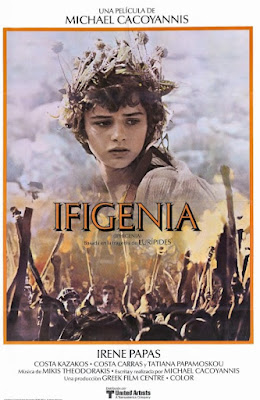At large after leaving M-G-M in ‘53, Angela Lansbury spent a few years taking on just about anything offered. Mostly tv & indies like this cut-rate variation on DOUBLE INDEMNITY/’44 with Lansbury, surprisingly dishy at 30, married to older moneybags Douglas Dumbrille, but eyeing younger hunk Keith Andes, the old man’s new business partner, with lust & murder on her mind. But whose murder? Angela may be out to screw the guy she’s screwing, not her husband. And, in an extra turn of the screw, Angela’s perky kid sister Claudia Barrett is also hot for Andes when not busy overhearing secrets. A fine setup for a film noir, if only the script laid things out more clearly & irregular helmer Paul Guilfoyle knew how to squeeze a tight budget or stage action.* (One nighttime sequence with tipsy Andes getting in jams is so much better you wonder who made it.) But more than enough oddities to engage, especially in first meetings between the four main characters that play like sexual pickups: Dumbrille ogling a provocatively half-nude Andes just out of bed, a grown-up boy toy in ‘50s gay-coded clingy white pants; Lansbury offering her bod horizontally in a low-cut/strapless one-piece bathing suit to Andes; kid sister Barrett coming on too strong for comfort. The plot has them buy & sell real estate and houses, but what else is being bought and sold?
ATTENTION MUST BE PAID: *Guilfoyle, who mostly acted, no relation to the Paul Guilfoyle who plays boss on the CSI tv series.
DOUBLE-BILL: As mentioned, Billy Wilder’s DOUBLE INDEMNITY with Stanwyck, MacMurray and a phenomenal Edward G. Robinson.





































